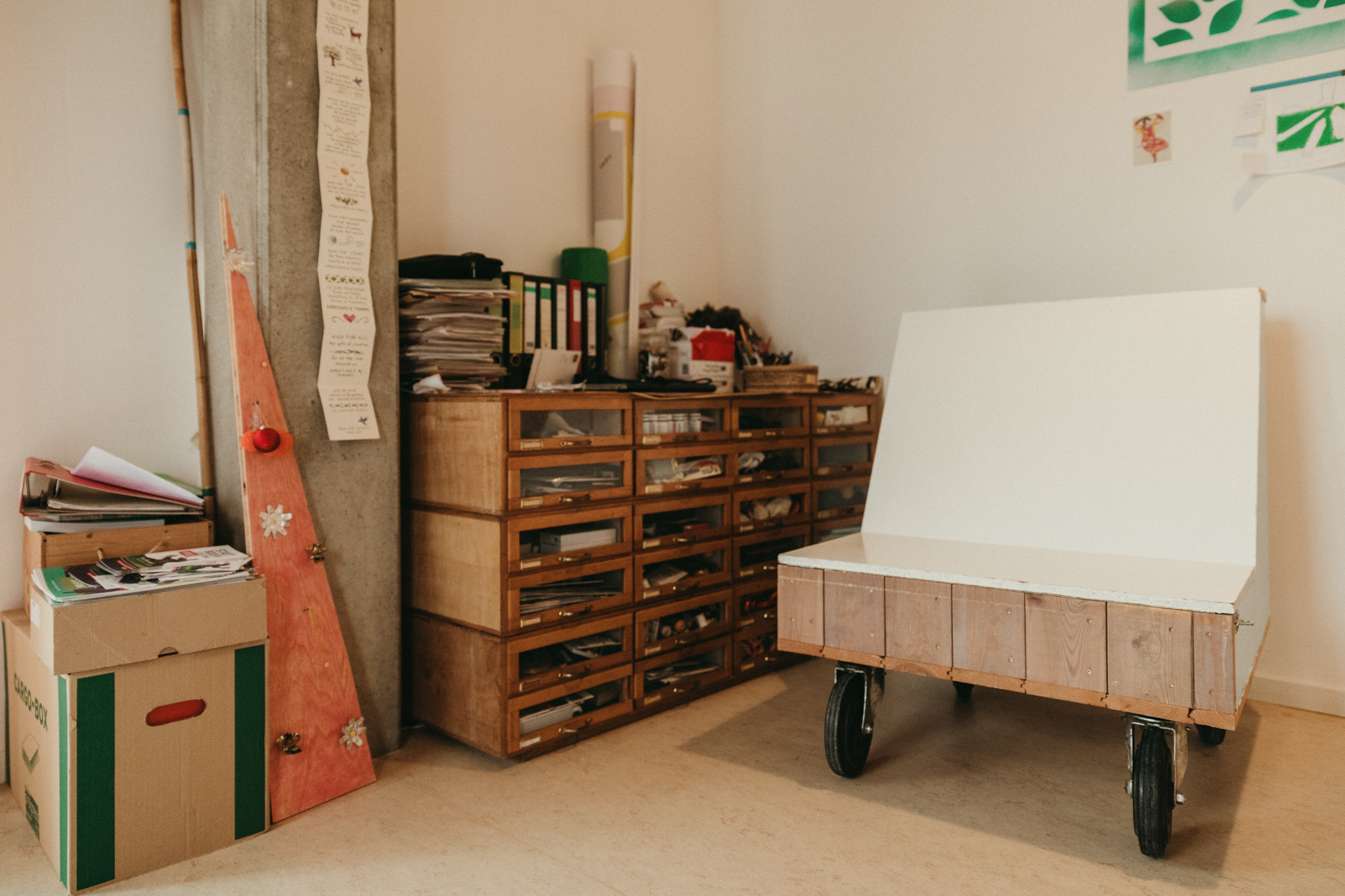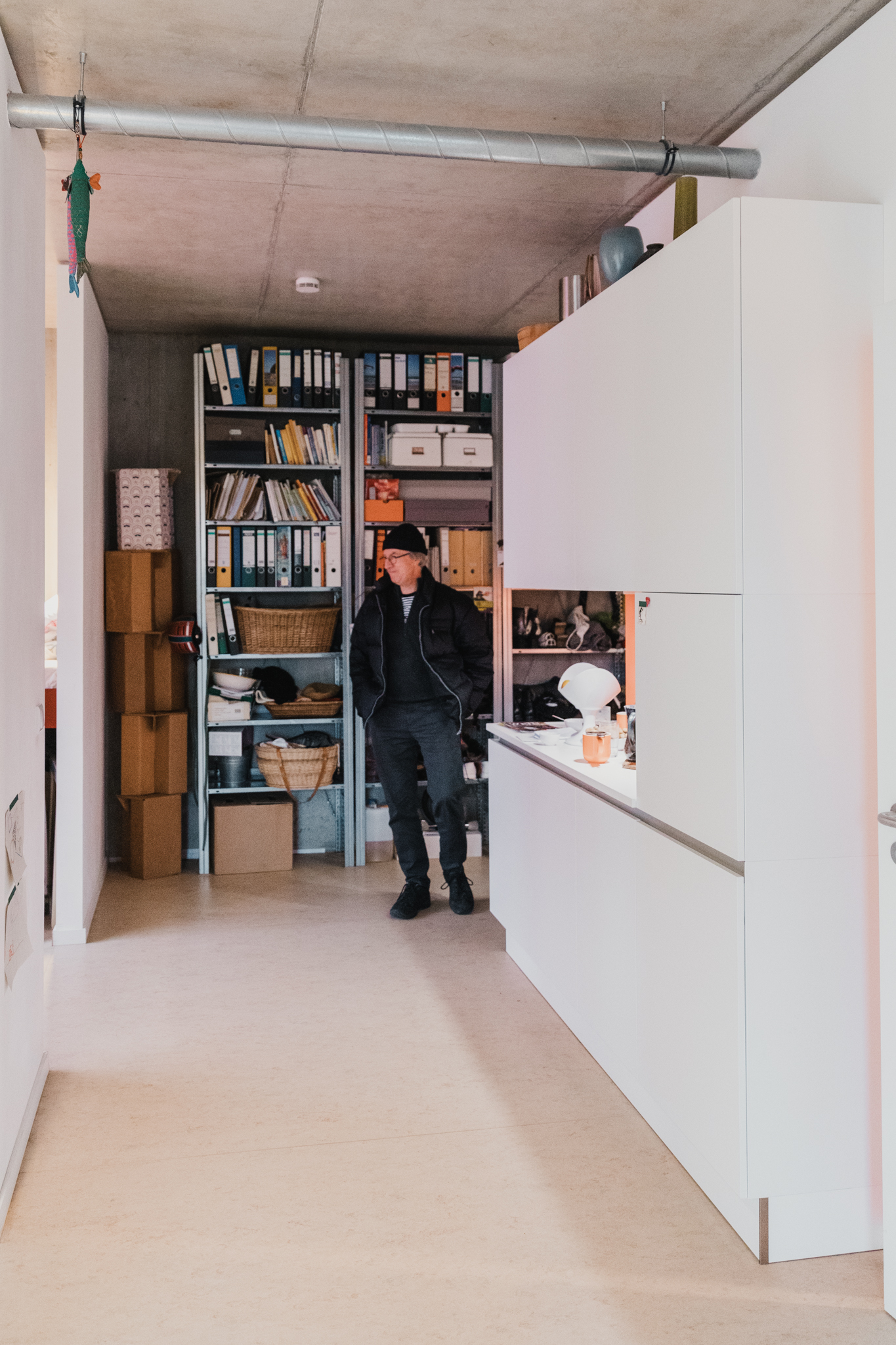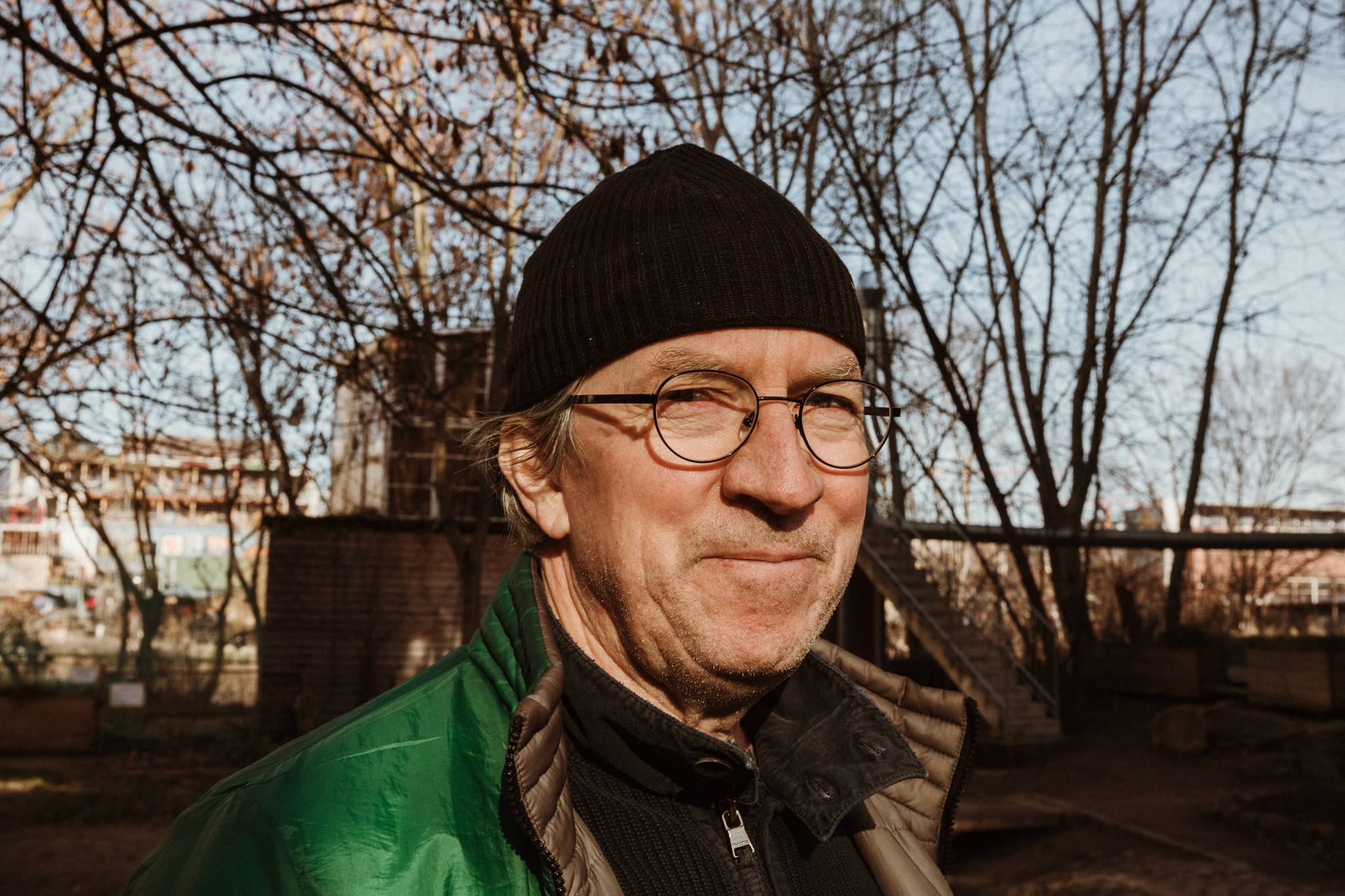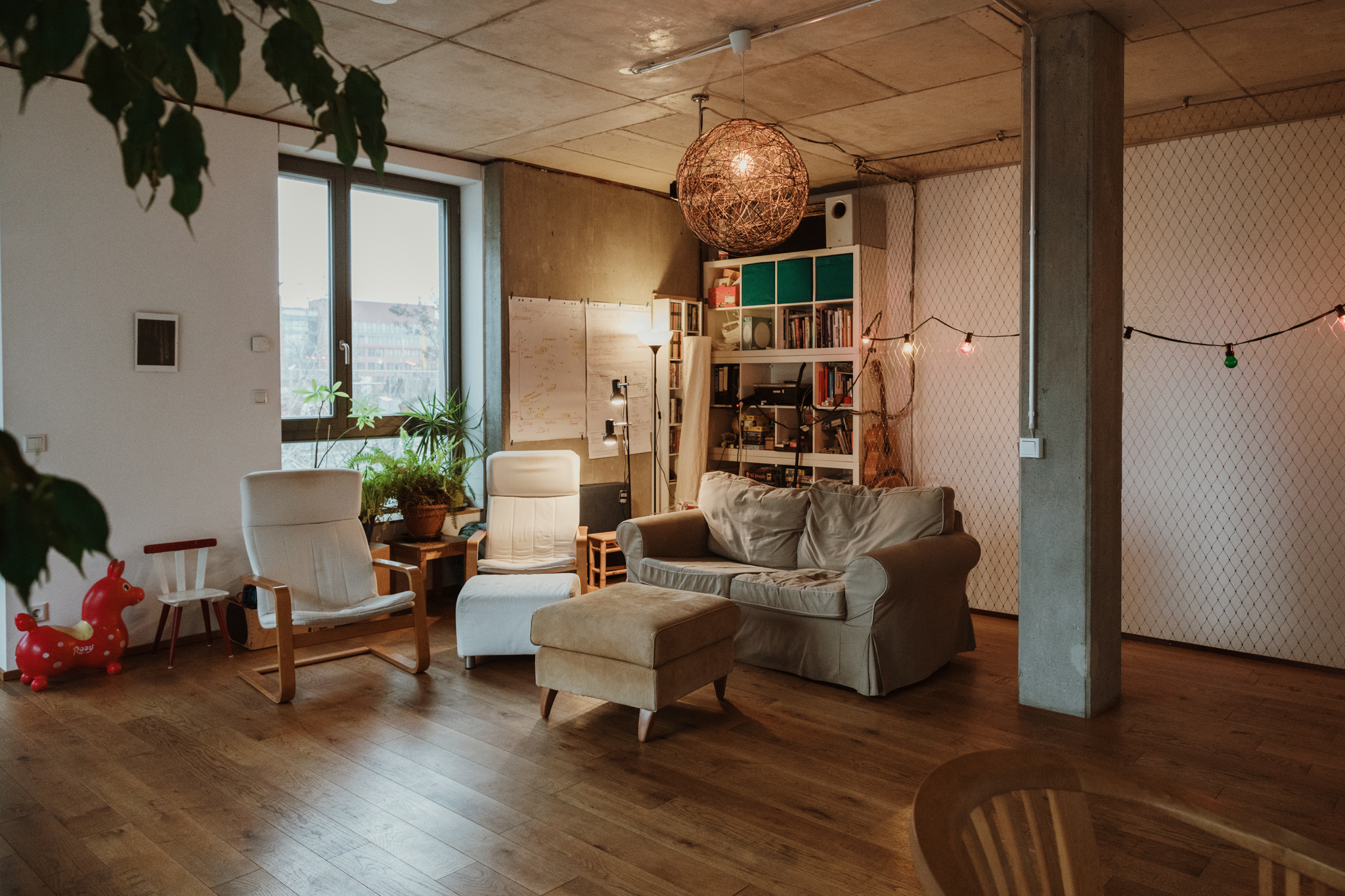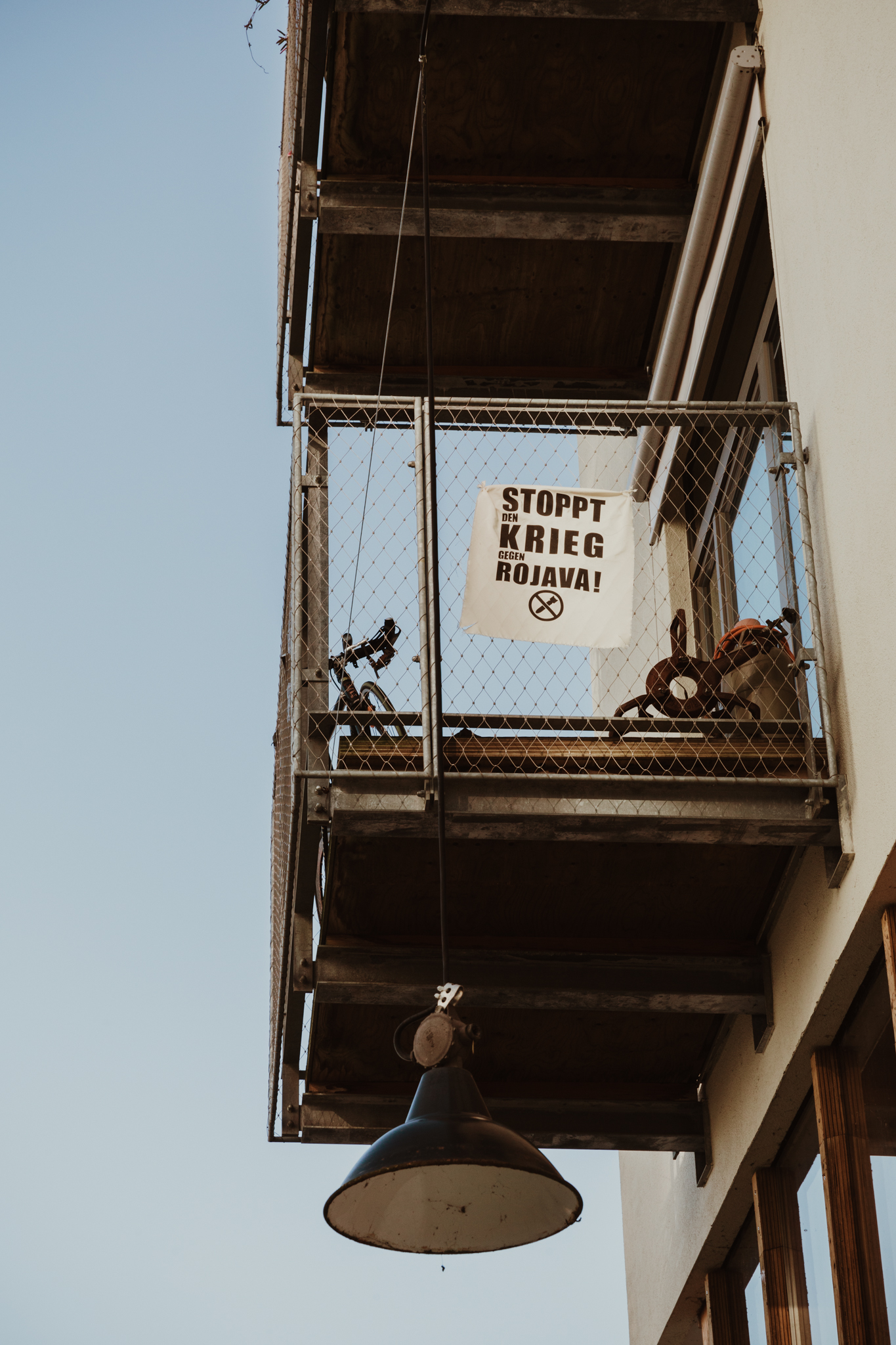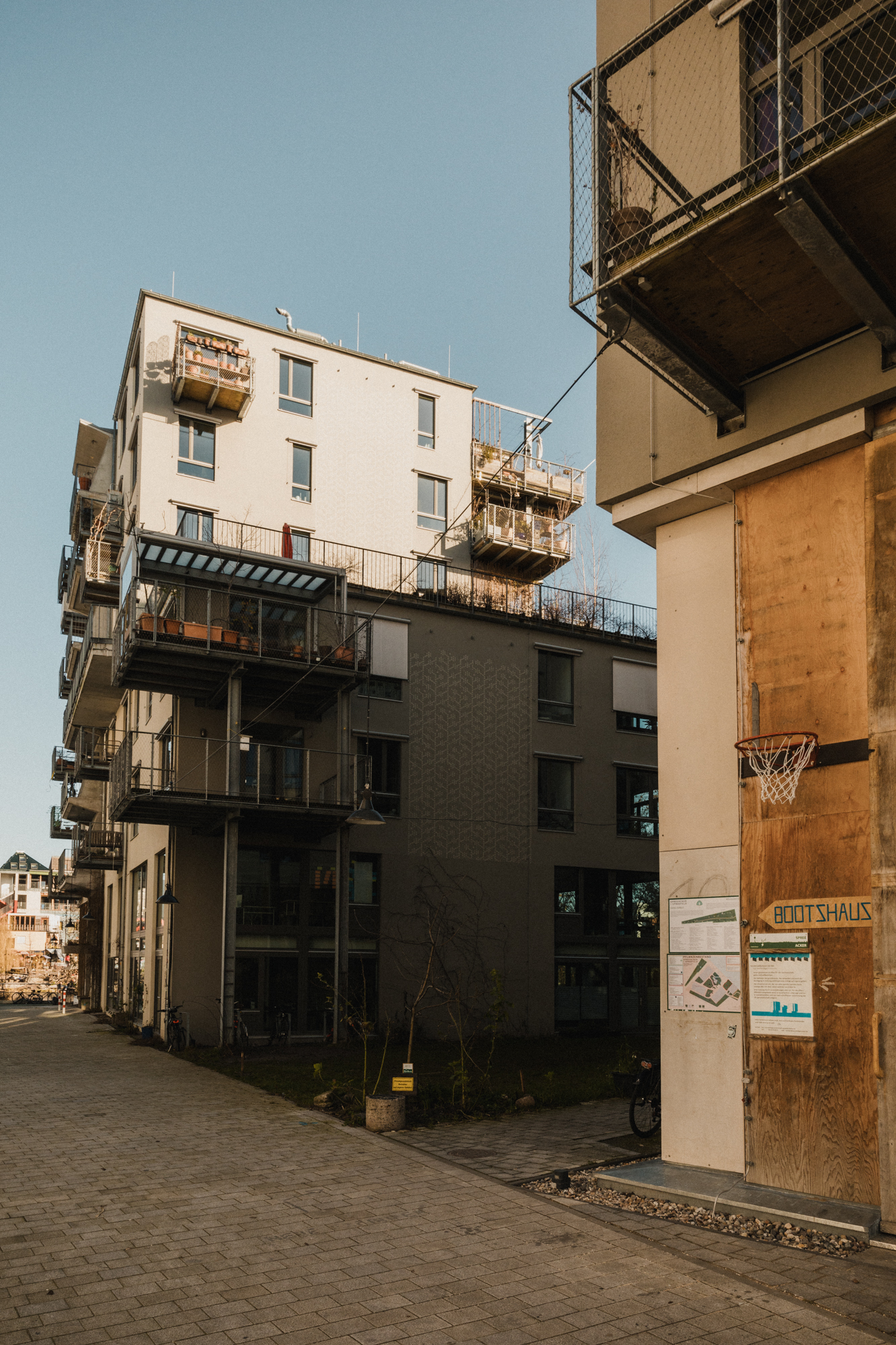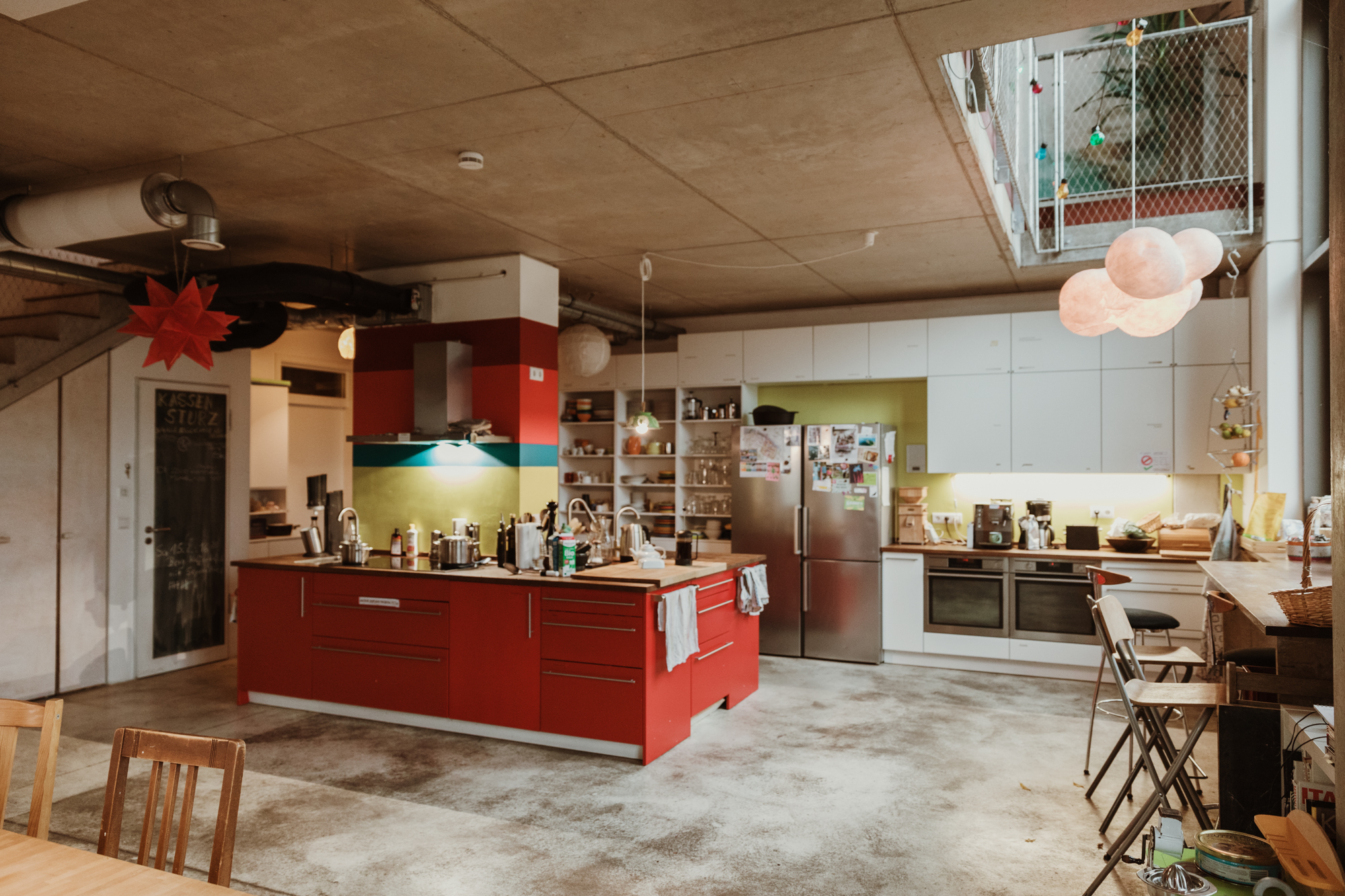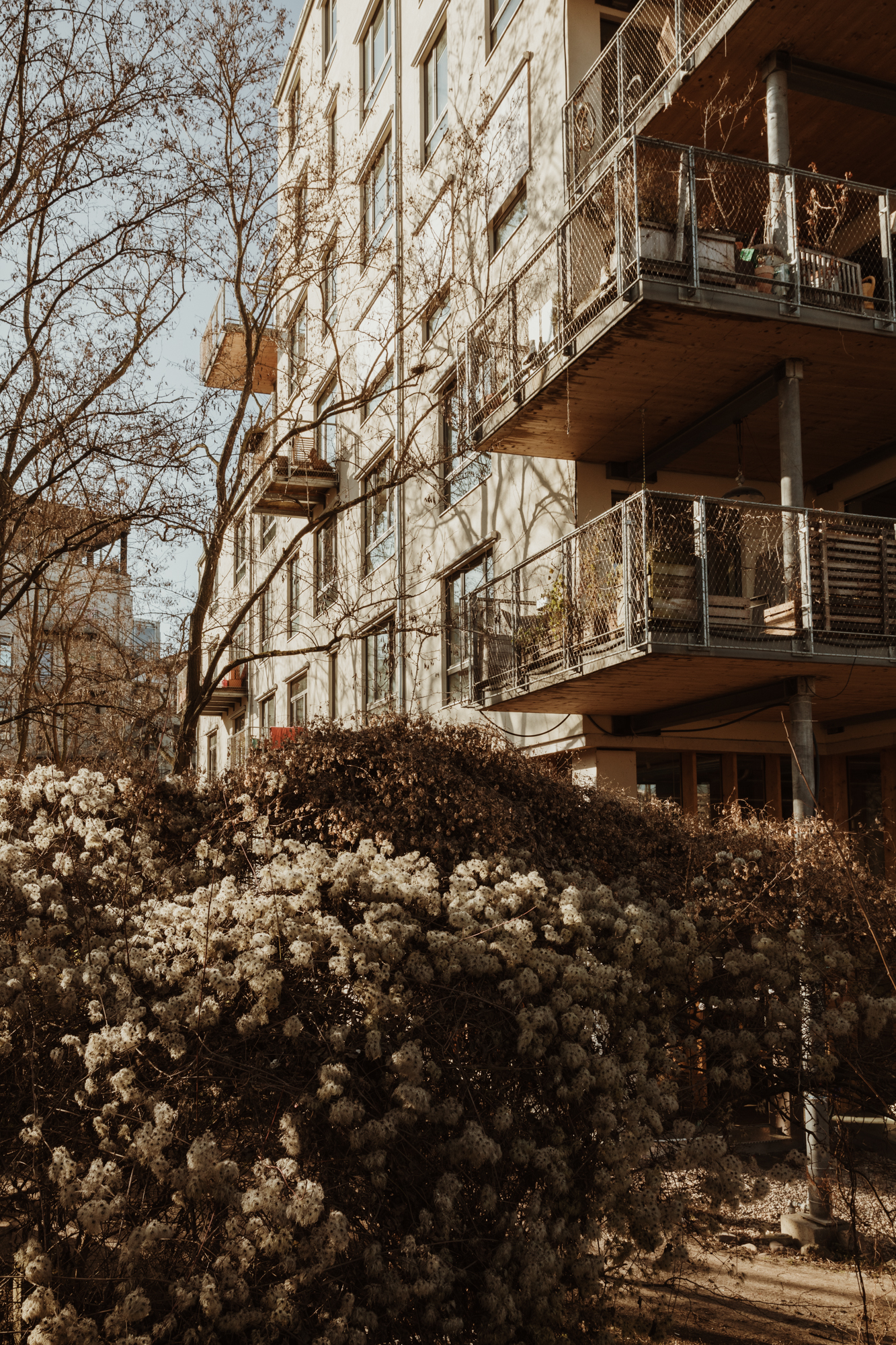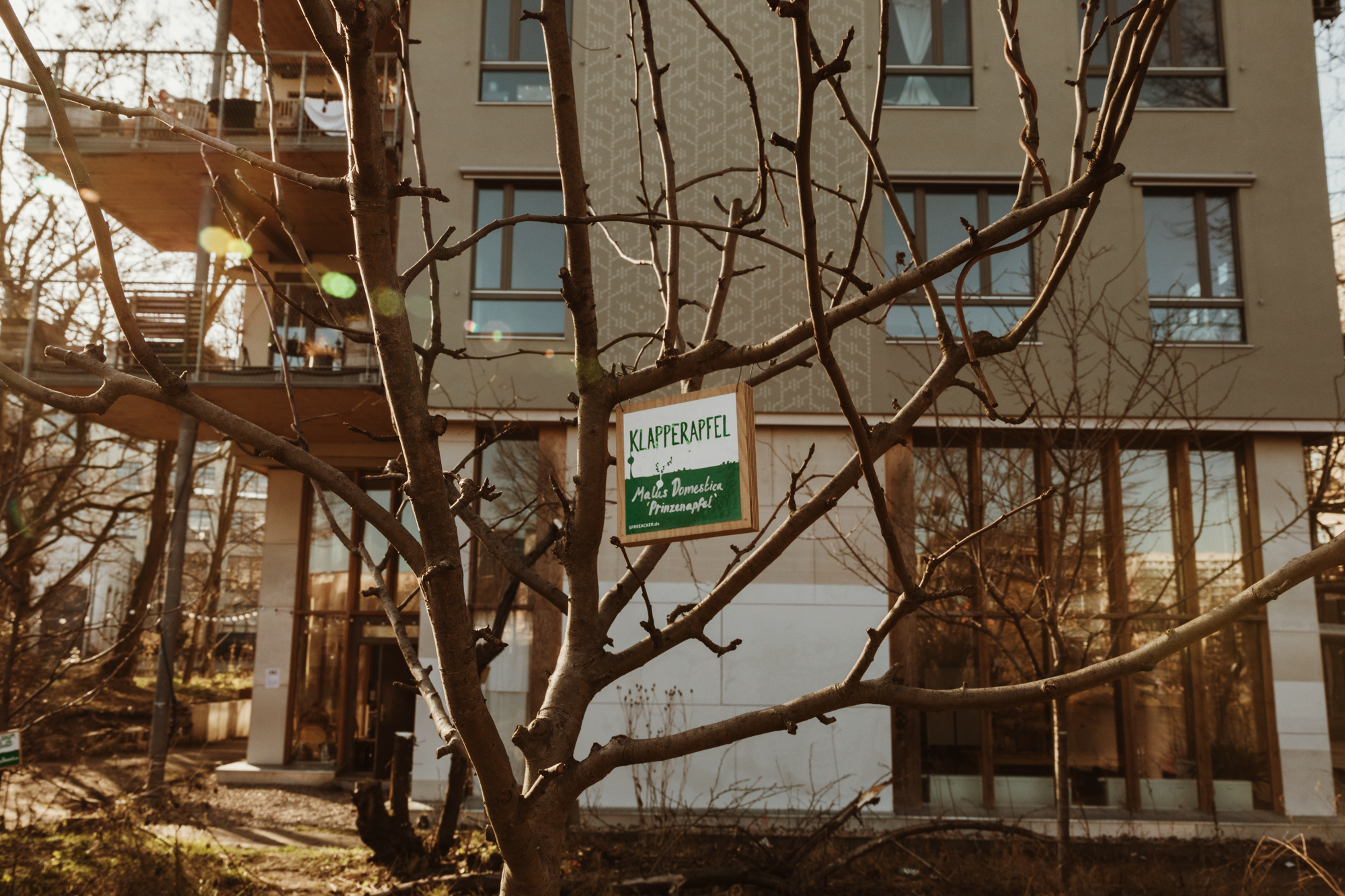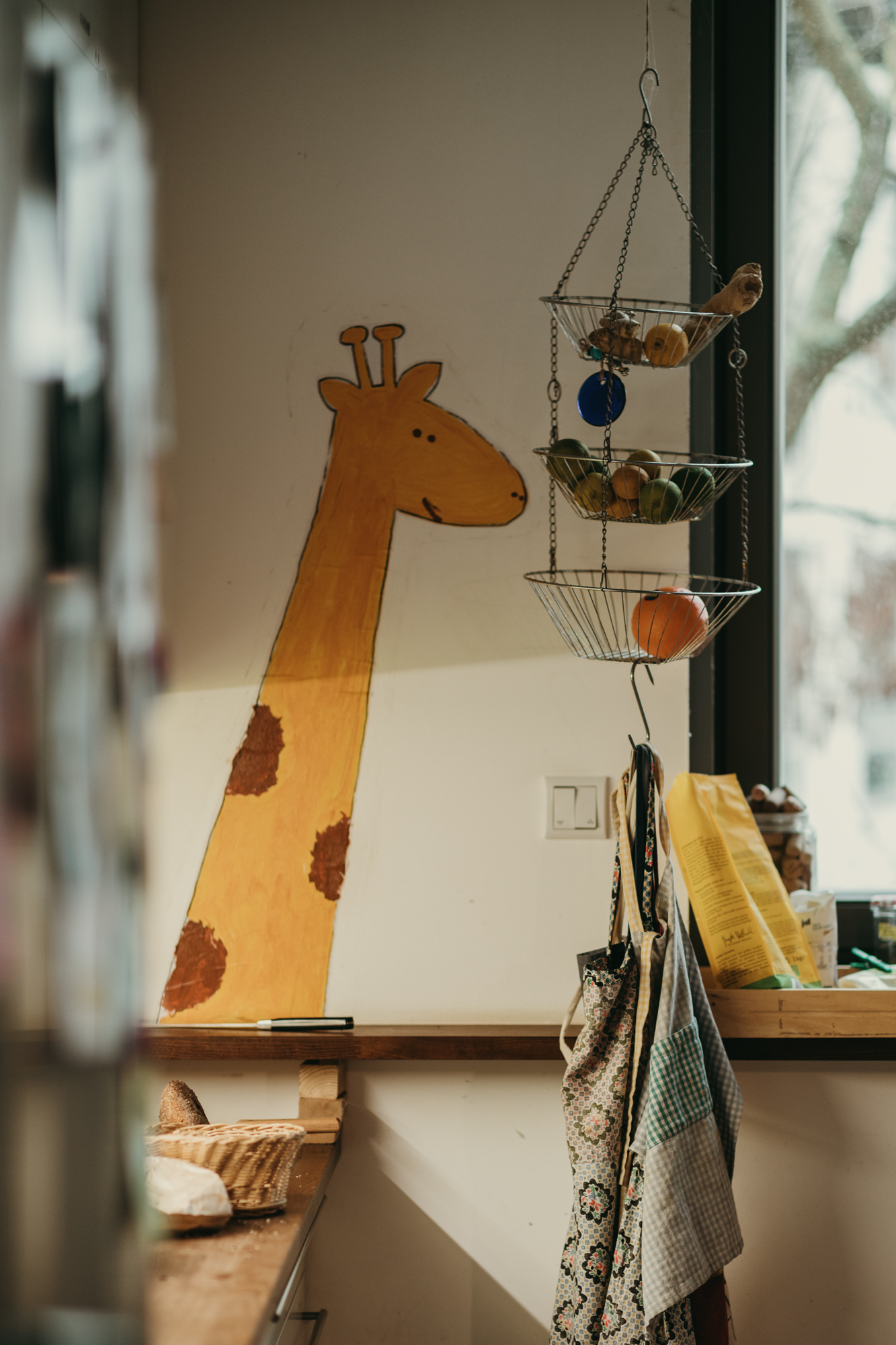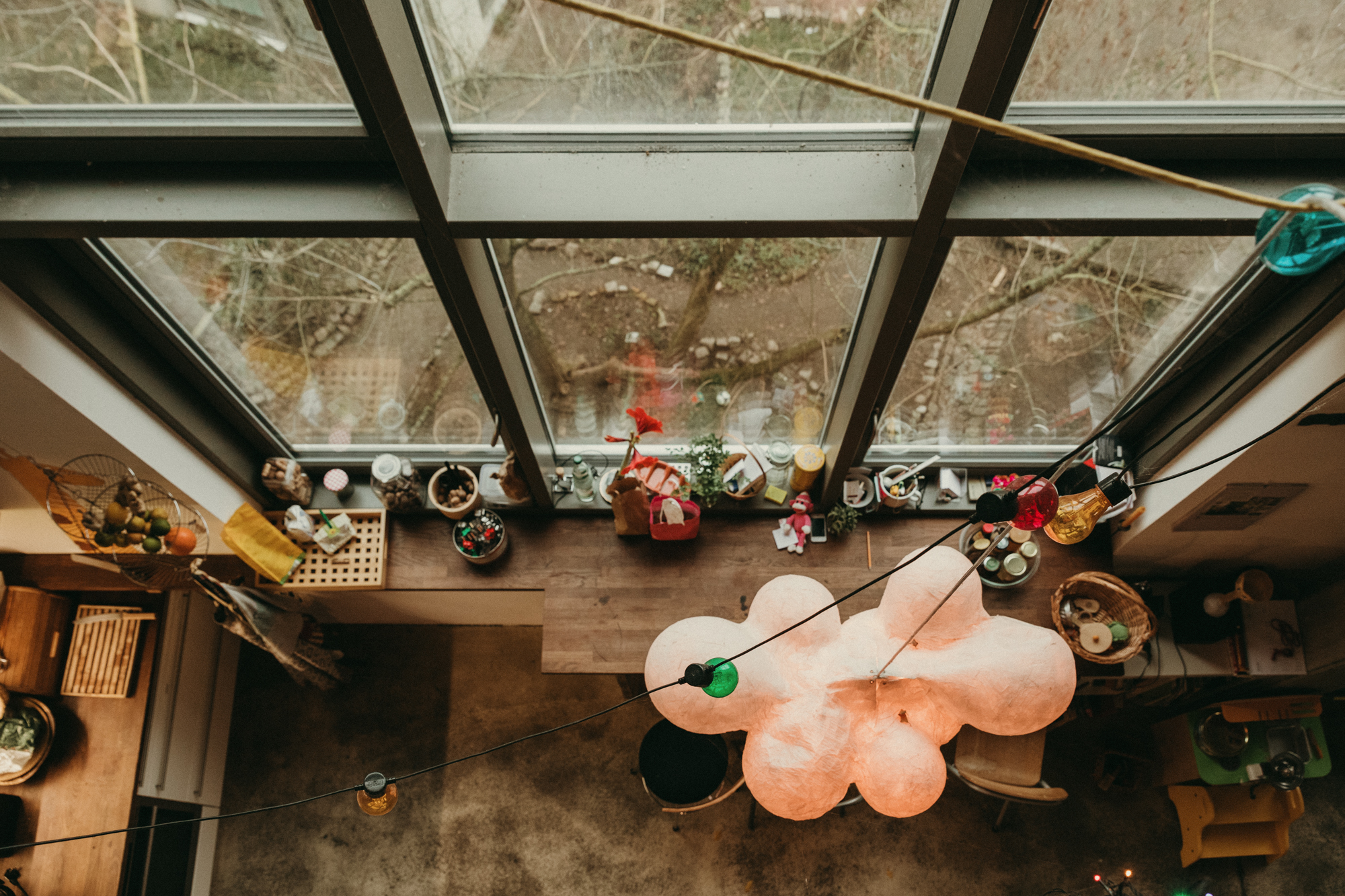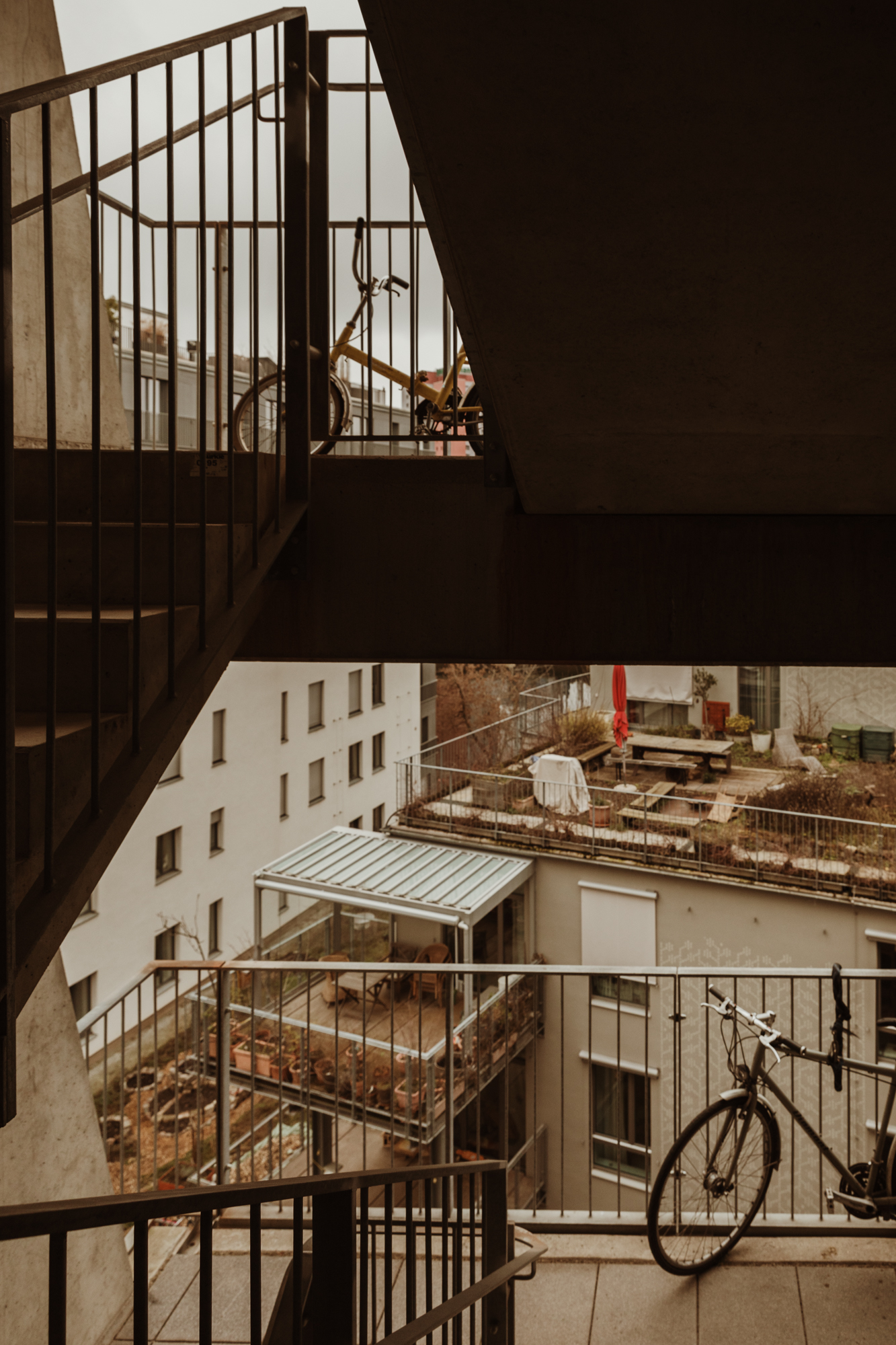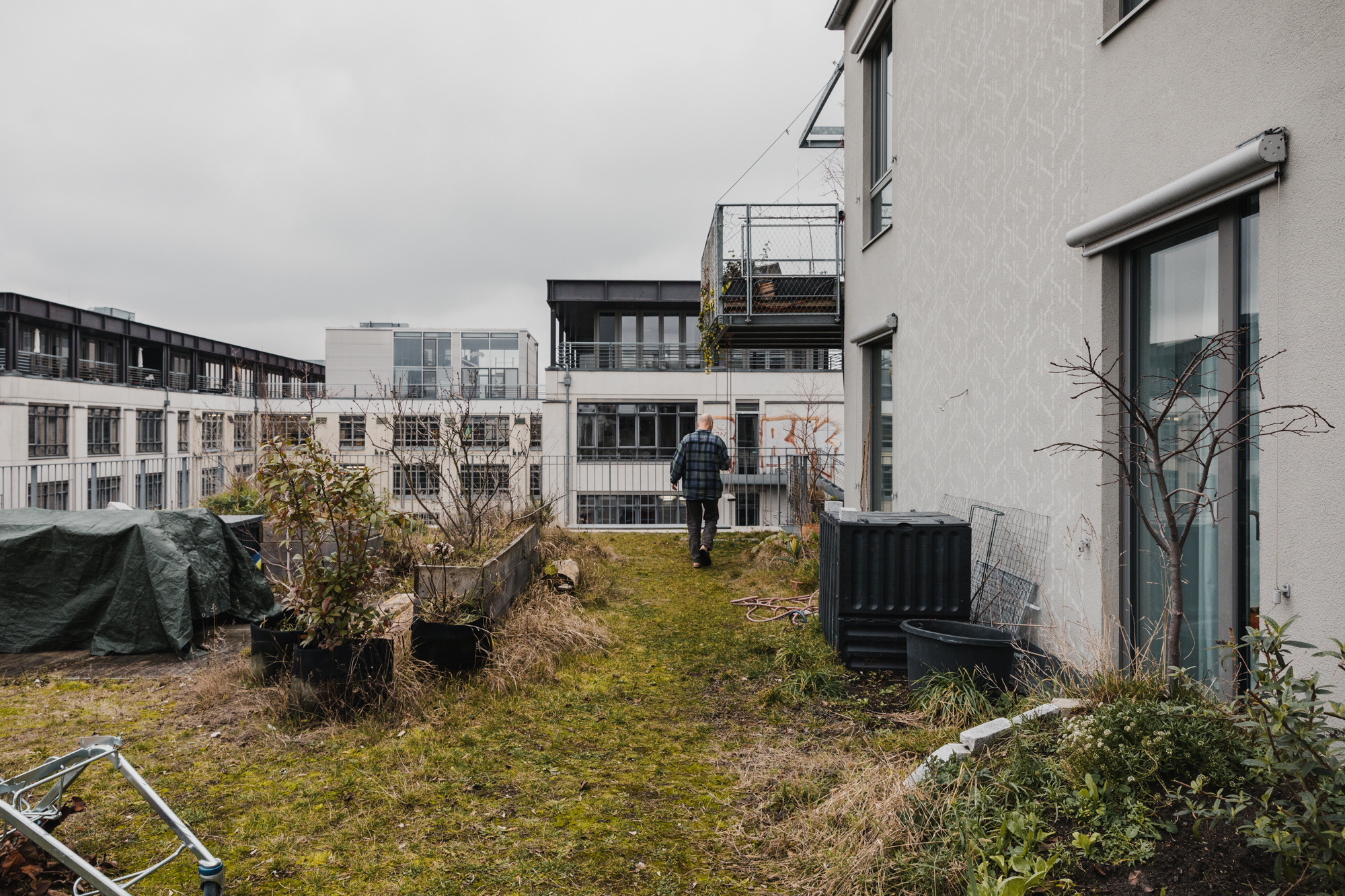Co-operative housing reinvented real time in Germany and Switzerland
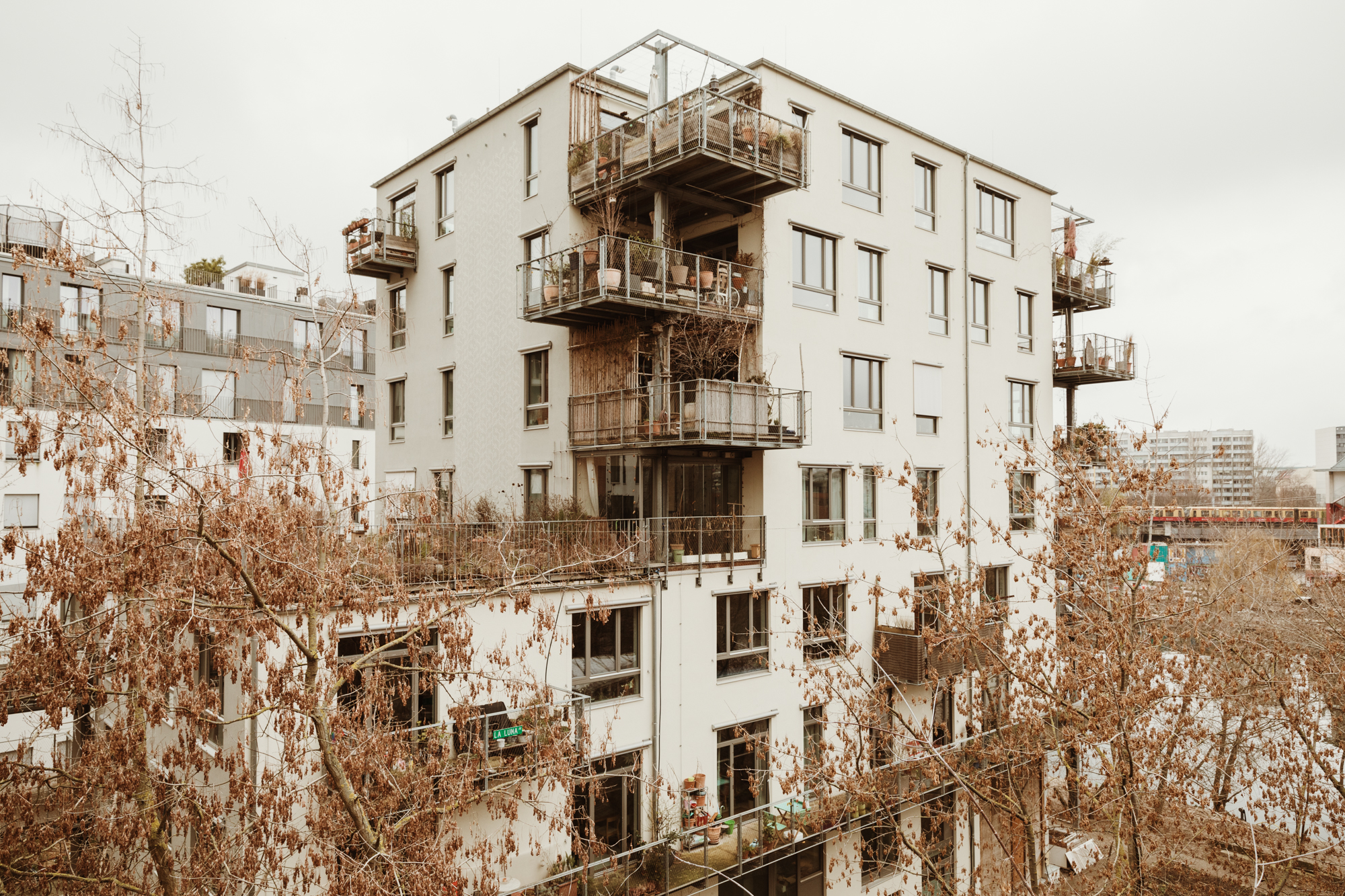
Housing co-operatives can produce high-quality housing at affordable rents. Previously, Manuel Lutz introduced us to three contemporary housing co-operatives in Germany and Switzerland and their decision-making processes, based on solidarity and ‘self help’. Scrutinizing these projects further, today he looks at the finance that makes it possible to scale up.
Mixed financing: equity capital and subsidies
Housing co-operatives rely on ‘self-help’: members bring in capital and are prepared to accept adjusted building standards because they can co-determine what standards they need. Spreefeld in Berlin, wagnisART in Munich, and mehr als wohnen in Zürich are showcases of recently built co-operative housing that is affordable, scale-jumping, and embodies the principle of ‘solidarische Lebensqualität’ – quality of life as lived solidarity. Built at low cost, with no profit objective, all three projects offer affordable rents. But the three projects show differences in regards to access, i.e. how much members need to pay upfront for the co-operative shares, which is mandatory in order to become a member.
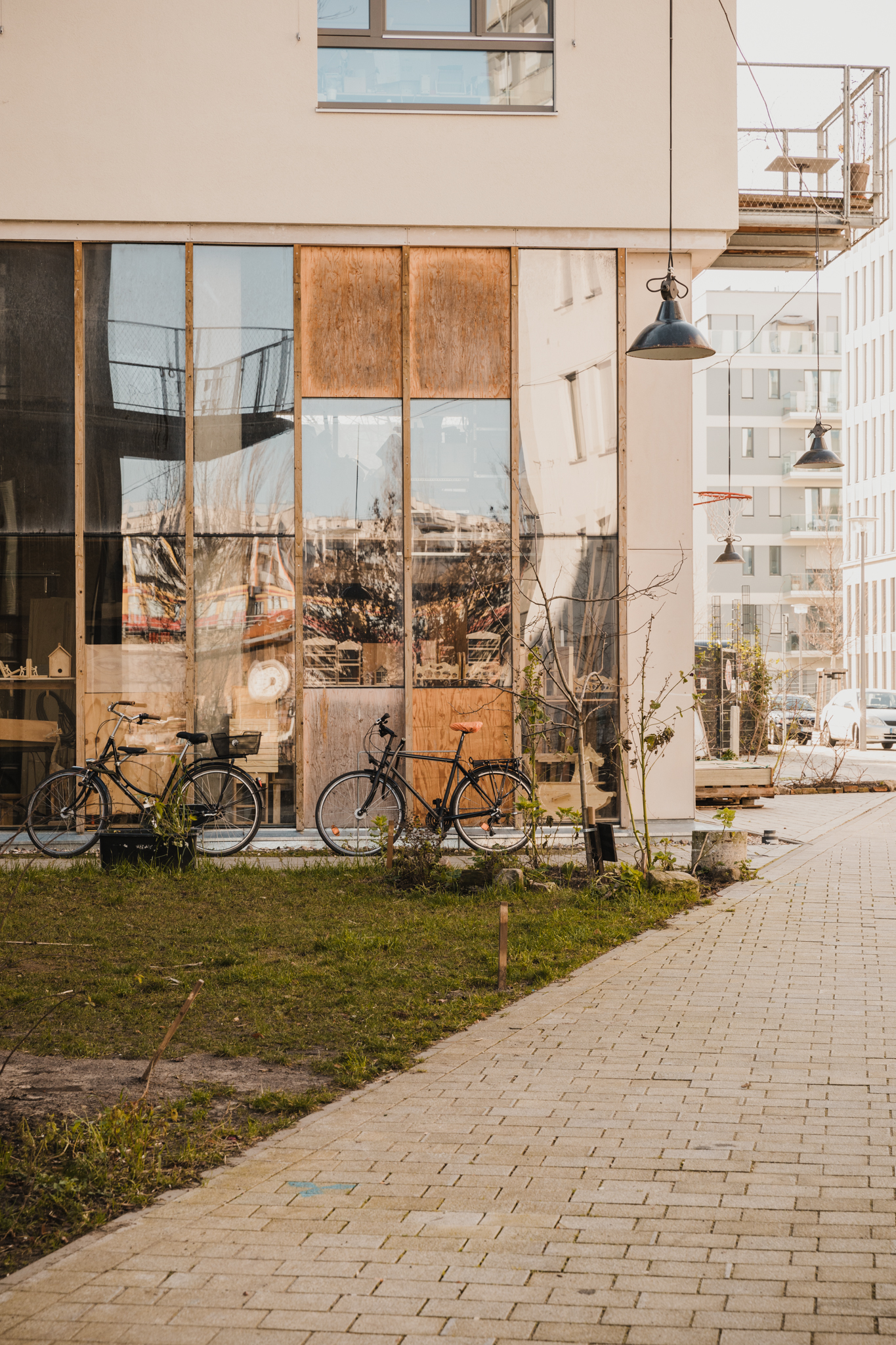
Spreefeld in Berlin is typical in its strong emphasis on self-financing. Initially a Baugruppe, Spreefeld was realized without any state funding, with strong emphasis on equity capital: member shares make up 50% of the project financing. This means high entry costs: for a living unit of ca. 45 square metres, the mandatory co-operative shares are circa 50,000 Euro (c. A$80,000) – on top of paying monthly rent. This is the caveat to the project´s declared ambition to “move beyond the classical aim of co-operative housing – being affordable – and maximize participation and strengthen the idea of community and sharing” as Michael LaFond, resident and co-initiator of the project, told me. The abundance of shared spaces, affordable rents of 8 Euros per square metre (which is below market price), and subsidized apartments for refugees are enabled by the initial high investment of the members.
The Munich project wagnisART lowered entry costs significantly by using a mixed model of financing that integrates City of Munich subsidies for social housing and subsidies for low-income housing. Two thirds of all units are thus subsidized, while market housing makes up the remaining one third. This mix allowed the co-operative to reduce equity capital to 20%, resulting in considerably lower entry costs for members (from 4,400 to 23,500 Euros for an average living unit of 30 square metres, equivalent to A$7,000-38,000). All housing units are built to be of the same standard of quality, but with rents ranging from 5 to 13 Euro per square metre (according to the respective financing model). This made one third of all apartments truly affordable, accessible to people at poverty level. But even the 30% of units financed without subsidies are set below market rent.
The aim to make co-operative housing inclusive to people of all incomes is achieved most elaborately in Zürich´s project mehr als wohnen, whose goal is that the resident mix should mirror the social demographics of the city of Zürich. Mehr als wohnen is a declared showcase project: several traditional and new co-operatives merged to develop non-profit model housing for the 21st century, to demonstrate what co-operatives can achieve. Similar to wagnisART, subsidized and rent-controlled housing has been key to get mehr als wohnen built. Both Munich and Zürich made social housing a mandatory condition for selling the land at fixed price, or to offer long-term leases and loans to the co-operatives. As a result, mehr als wohnen offers low entry costs and rents that are below comparative market rents, with 20% of all units being affordable to the poor.
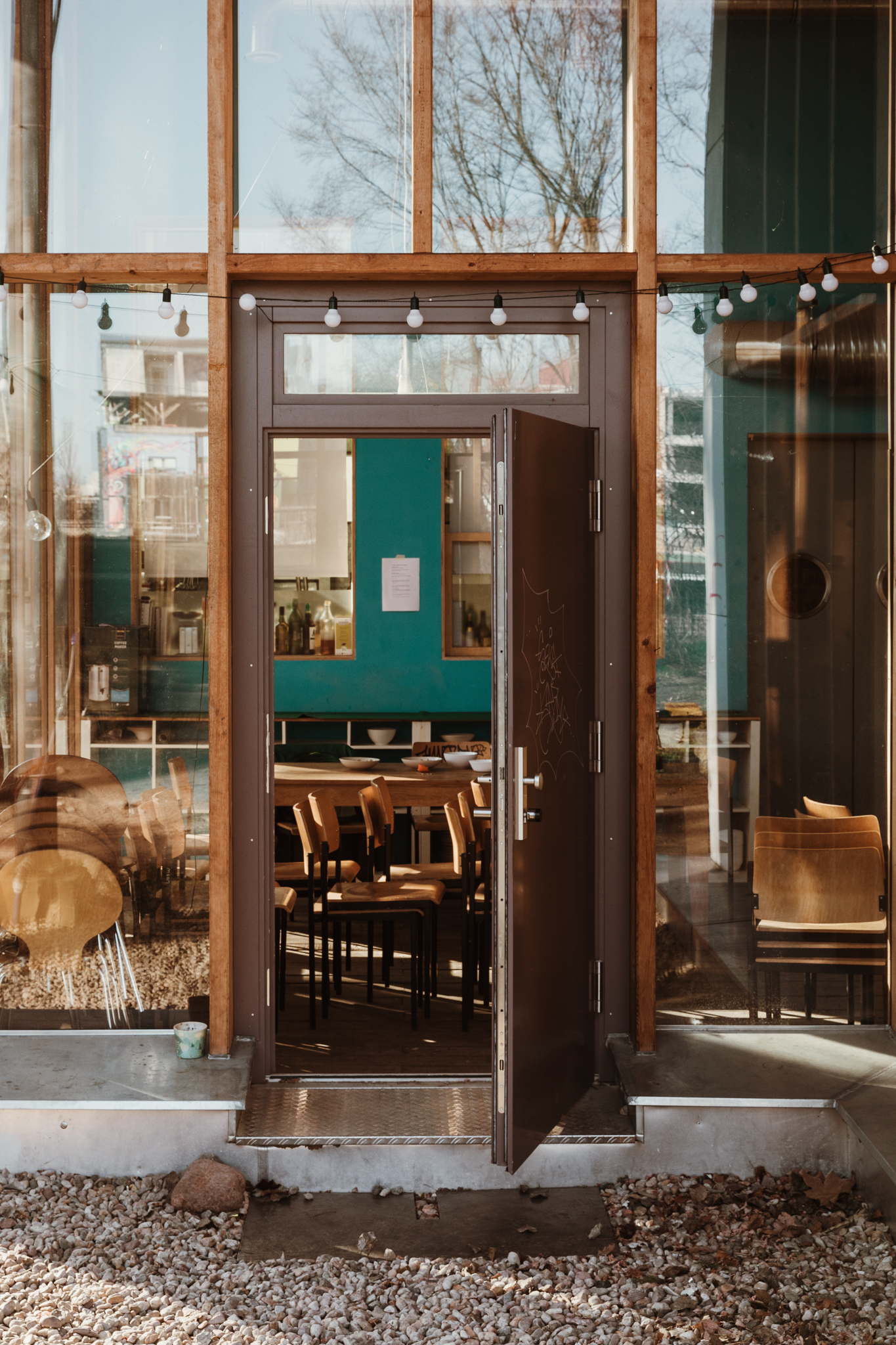
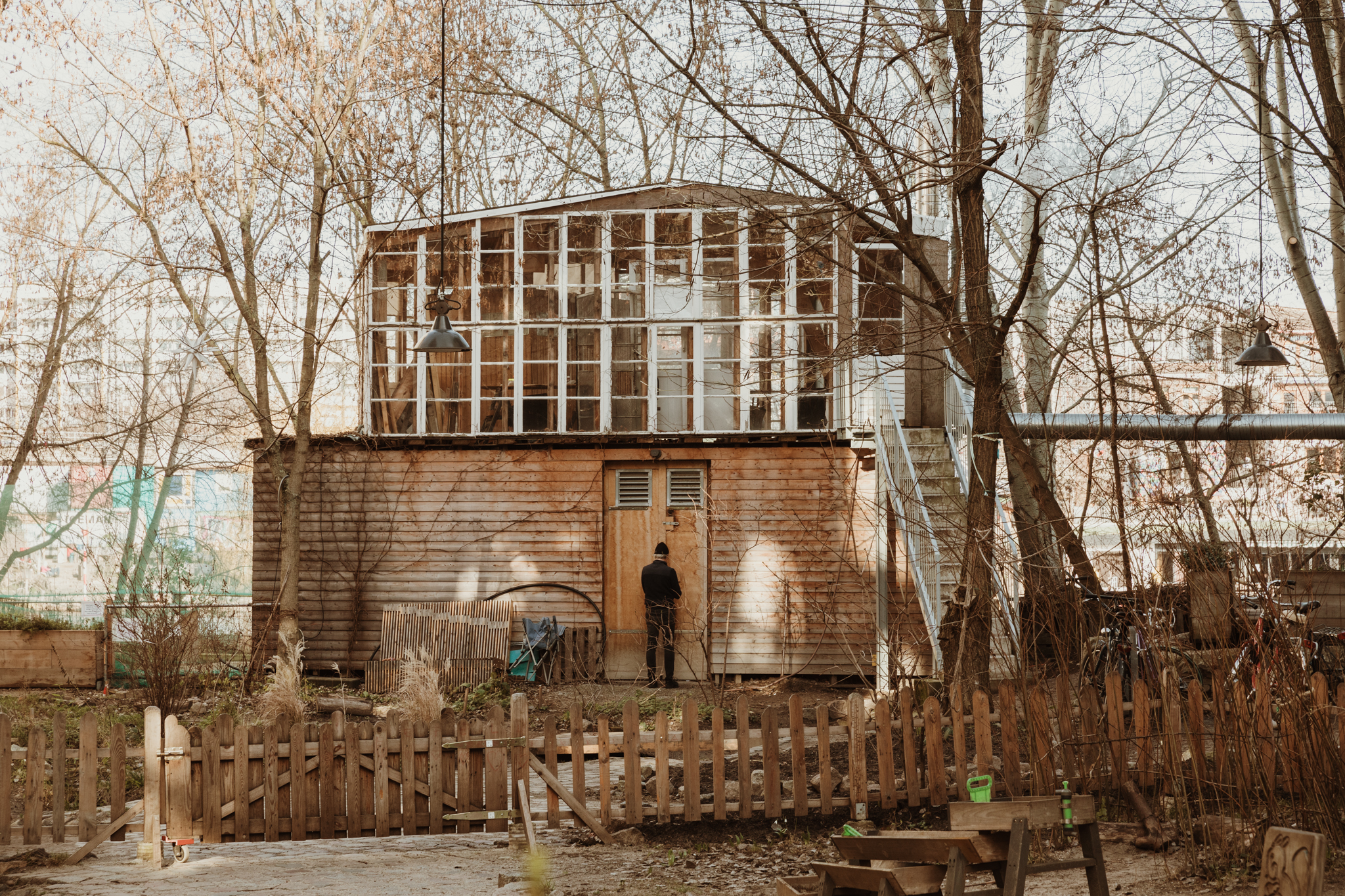
Yet such state funding is not available in all cities. Co-operatives have claimed that existing funding requirements are often too complicated, limiting their ability to choose residents. The ideal financing model of co-operatives may be the reliable Swiss funding scheme for mehr als wohnen, where local and national governments offer very cheap, state-guaranteed loans and privileged access to public land to non-profit housing companies which in turn guarantee durably affordable housing at high quality. With this support, equity capital makes up just 10% of total financing; in the case of mehr als wohnen, only 7%. The reduced dependency on market loans and on individual members’ capital is reflected in the low costs for co-operative share of entry costs at mehr als wohnen (12,750 CHF, or about A$19,000, for an average living unit of 51 square metres).
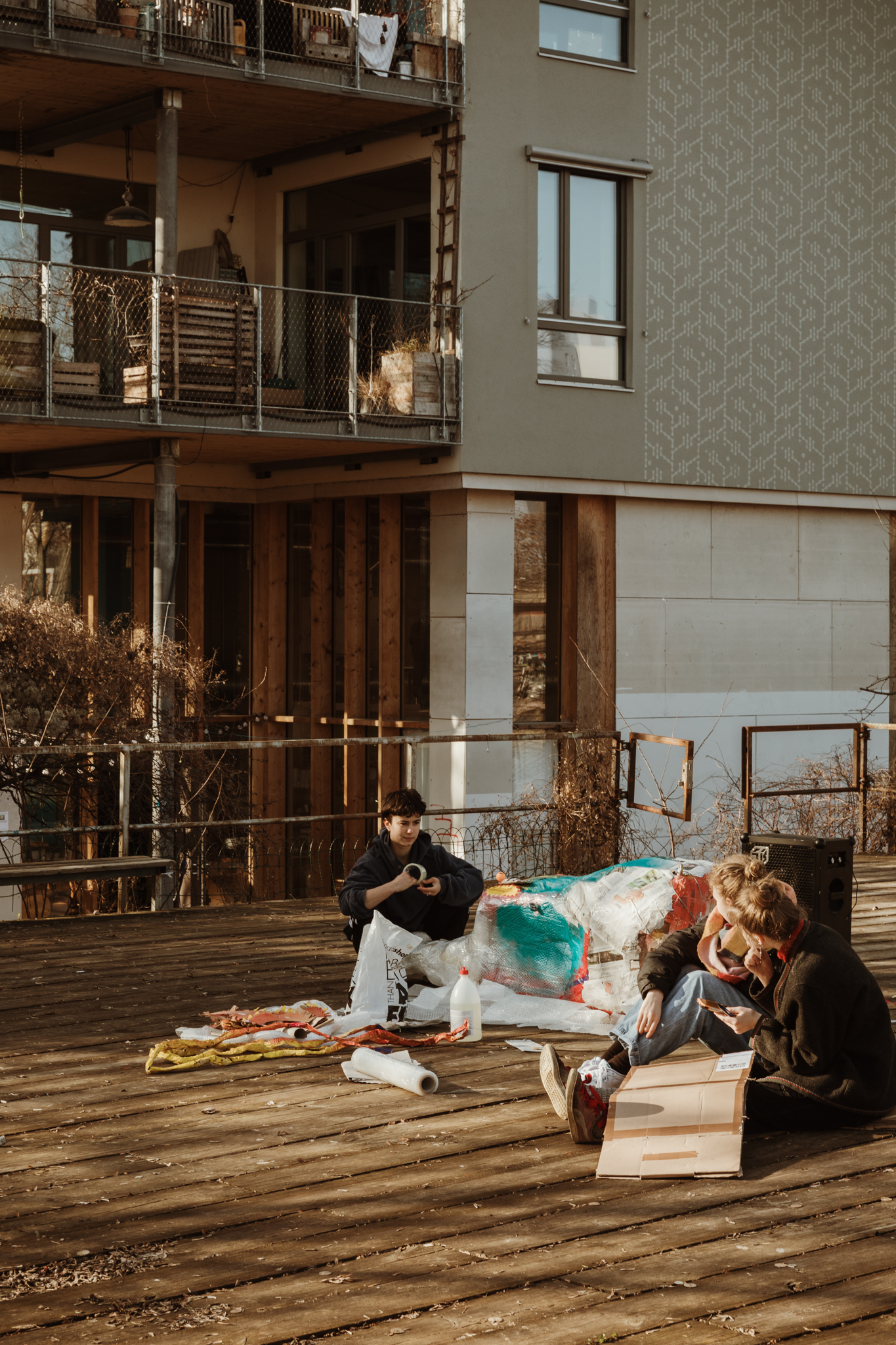
Think big: large housing projects can afford more
Alongside mixed financing, another important factor shaping affordability and quality of life is scale. While these new co-operatives are driven by a strong commitment to community, innovation and sustainability, their characteristic feature is the ambition to think big. Generally, many recent co-operative and co-housing projects are small, with up to 30 units. In contrast, these three projects are much larger, with total floor area ranging from 10,000-40,000 square metres, and offering community and commercial spaces, as well as housing for 150 (Spreefeld), 305 (wagnisART) or even 1,200 inhabitants (mehr als wohnen). Economies of scale are crucial to achieve the aim of affordability. Andreas Hofer from mehr als wohnen put it simply: “Housing projects are only economically viable when you build at least six storeys high.”
Such scale jumping is not without challenges. The do-it-yourself approach evident in many ‘self-help’ housing projects needs to be adapted. Larger scale requires a more professional management, often partnering with other developers. But thinking big is the key to being able to afford innovation, sharing, and solidarity. The abundance of community spaces, investment in renewable energy and shared appliances, the inclusion of social housing, or the establishment of robust solidarity funds to support poorer members, are all easier to shoulder in larger projects. Larger projects can also afford to engage in experiments with new apartment types, and have better capacity to let members change apartments when their circumstances change. Residents of co-operative housing value the option of lifelong living in the same neighbourhood, but the ability to move into a smaller or larger apartment depends on the availability of diverse housing stock. As larger projects are better equipped to make socially diverse, cross-subsidised housing economically viable, they also open up co-operative housing to new members, reaching beyond the usual enlightened middle-class market.

Outlook: building housing through solidarity
Housing co-operatives have the potential to produce quality of life based on solidarity; the key driver for innovation is not market forces, but a mix of self-interest and community. Residents get actively involved, co-invest into and co-decide the aims and compromises of the project. However, coordinating and sustaining robust forms of sharing with feedback and learning is not easy. The challenge is to ensure that individual benefits are balanced.
This practice of ‘lived solidarity’ is exemplified by design innovation, regulations for occupancy and the approach to participatory design. Participation in the planning process was not merely encouraged, but strategically re-directed towards thinking for the common good. Rather than inviting future users to realize their individual dream house, the participation process focused on defining what would be shared, on what design qualities were desirable – not only for individuals, but also for other members, and even future users. When planning wagnisART, says Rut Gollan, “we had the simple rule that no one would plan his or her own apartment”.
All three projects re-invent living together. For instance, they feature cluster apartments with small individual units around a common kitchen and living space, where 5 to 21 residents reduce their individual private space, but gain overall access to spacious living many describe as luxury. This practice of gaining more through sharing can be re-enforced by minimum occupancy rules that most Swiss co-operatives apply. Irrespective of how much a resident earns and could afford to pay, there is a maximum to the space she can use. This rule ensures fairness in allocating space, compliance with the ambitious goal to reduce overall use of living space (in all three projects the average living space per person is below the national average of 47 square metres) and it ensures that the co-operative stays open to newcomers.
These mechanisms illustrate a different understanding of housing: less as a private good or commodity, and more as collective infrastructure. Realizing their social responsibility, many co-operatives are also willing to produce housing for others, and they also include social housing – usually of higher quality, and with more user participation, than state housing. Yet there are limits to what groups can share and how much solidarity they can offer. It needs to be made clear: co-operatives are not social housing. By definition, their financial model is based on members able to invest. Their members, in other words, are typically not the very poor. Therefore, in order to extend their group solidarity to low-income members, co-operatives need state support.
The current question for German-speaking countries is whether housing co-operatives can be supported to become a significant provider of quality affordable housing at scale. On the one hand, this would require continued commitment by co-operatives to re-invest profits into new housing projects and grow, rather than funnelling their profits into decreasing rent to existing members. On the other hand, they would require transparent and reliable subsidies – including access to land – that privilege providers that build durably affordable, diverse, and democratically allocated housing.
We should see co-operatives as living labs where communities re-invent housing. The enormous interest these projects receive highlights that they do address a salient question of our time: how can we live using less, yet maintain good quality of life? While they experiment with different elements of design, finance and participation, they share the emphasis on shared ownership as pre-condition for living together. The lesson they offer is clear: housing of the future has to be housing for the common good.
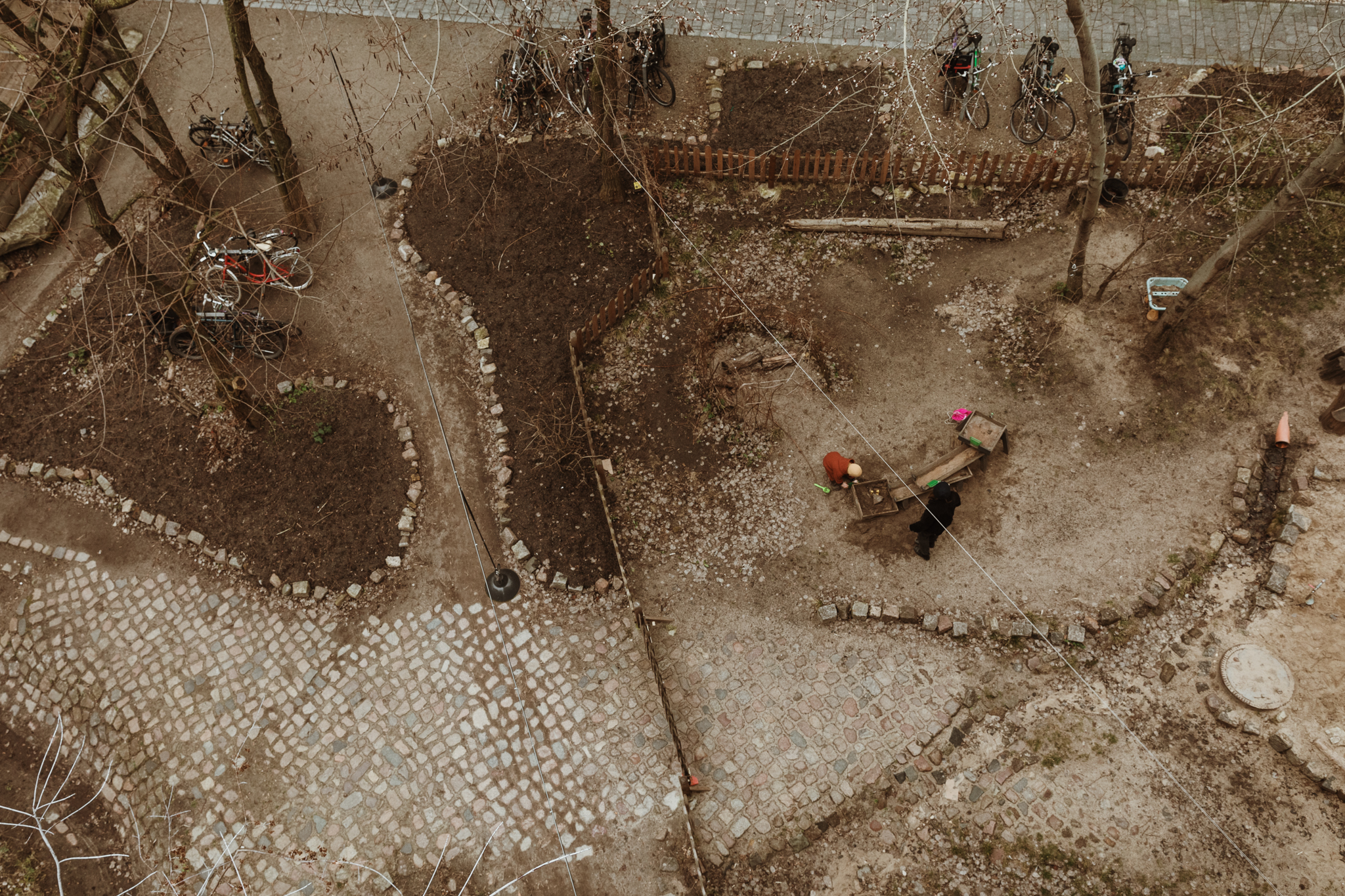
A warm thank you to Manuel, who shared his institute’s research with us! This article draws on research Manuel conducted as part of a collaborative research project of HTW Berlin and FH Potsdam on cluster apartments as new housing typology for urban resilience. The research was funded by the German Federal Institute for Research on Building, Urban Affairs and Spatial Development. If you want to get in touch with Manuel about co-operative housing, you can reach out to him here.


